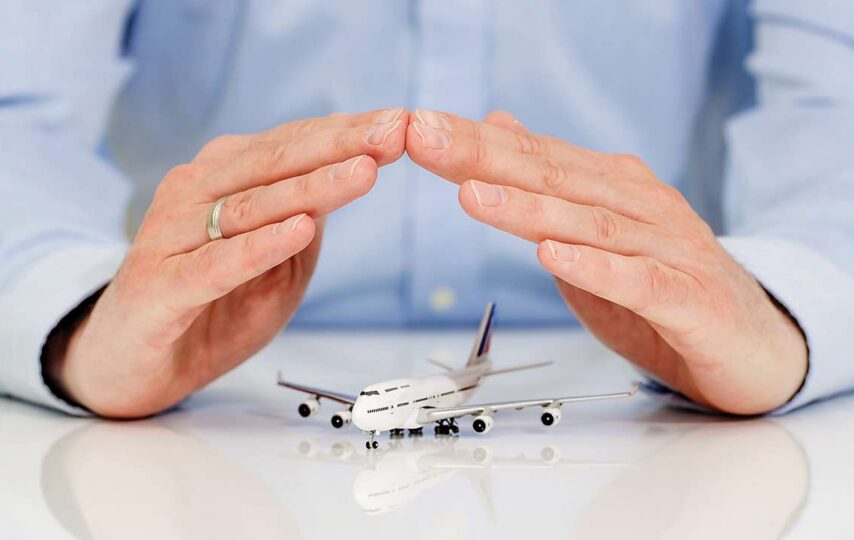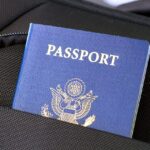If you’re traveling soon and planning on taking your dog with you, it might be helpful to have a handful of tips to allow you the best flight experience possible with your pup. If you need some assistance, allow me to point you in the right direction
1. Get a Good Dog Carrier
Whether you’re able to take your dog with you onto the plane, or your furry friend needs to go in separate cargo, it’s a good idea to get a high-quality dog carrier before your big trip. Getting a dog carrier will ensure your pup is comfortable on the trip, and it will also allow you to completely follow airline guidelines.
If your puppy and dog carrier are able to fit underneath the seat in front of you, you may be allowed to take your furry friend on the flight with you. While this may be more expensive, it might offer you a little peace of mind regarding the safety of your pet. However, you may be required to keep your puppy in a dog carrier for the duration of the flight, depending on the airline’s rules.
It’s a good idea to get a high-quality dog carrier before a major trip, regardless of whether you can bring your dog on the plane with you or whether your four-legged friend must travel in separate cargo. Investing in a pet travel carrier can guarantee your dog’s comfort and allow you to adhere to all airline regulations.
2. Review Your Airline’s Rules
While some airlines will allow you to travel with your pet, others may not be so keen on your plans. Unless you have a certified service dog, it may be best to check on the airline’s website and make sure you’re able to follow their guidelines.
3. Communicate With Your Airline
If you’re planning on taking your puppy on your flight, it may be necessary to directly communicate with your selected airline. Even if you have already reviewed the guidelines for your selected airline, it may be helpful to notify someone of your intentions so they’re aware of your status. This may be necessary whether or not you have a service animal with you.
4. Search for Non-Stop Flights
In order to keep your furry friend feeling comfortable, you may want to find and select a non-stop flight option. By reducing the number of stops you’ll need to take while you’re traveling, your pup will be far more likely to recover from your flight. This also decreases the likelihood they will be restless for longer than absolutely necessary, allowing you to pick up your friend from the cargo or baggage claim as quickly as possible.
5. Review Importation Laws
If you’re planning on traveling internationally, it may be necessary to review importation laws for the countries you plan on visiting. In fact, some states within the United States may also have importation laws that vary from the remainder of the USA, including Hawaii.
6. Head Over to Your Vet
Traveling with your pup may also require you to pay a visit to your veterinarian. This may be necessary, especially if you’re worried about feeding your dog during a long flight. Your vet may have tips for ways to feed and hydrate your puppy while you’re traveling. Additionally, if your furry friend requires medication on a routine basis, this may need to be discussed with your veterinarian.
If you’re worried about your dog being anxious or destructive during your flight, you may also want to discuss sedation with your veterinarian. Many vets have differing opinions on this subject, but you and your pup’s healthcare provider will likely know your furry friend the best and be able to make a good decision based on your experiences with your puppy.
Additionally, some airlines may require your pup has a health certificate in order to fly. This might declare your dog is caught up on their immunizations, not feeling sick, or is otherwise safe to fly. In fact, some airlines may require your pet’s health certificate is fewer than ten days old in order to maintain their high standards of health and safety.
7. Avoid Flight Unless Absolutely Necessary
Especially if you’re only going to fly somewhere with your pup for a short trip, you may want to avoid taking a flight with your furry friend. This may be necessary for maintaining the well-being of your pup, meaning you may need to drive to your destination or choose to leave your dog behind with a trusted pet sitter.
If you’re planning on taking a trip for more than two weeks to a location, or even flying to a place with the intention of moving there and staying permanently, it may be a healthy or neutral decision to take your pup on a flight with you. This is because your pet may not be able to remain healthy or stable if they need to change locations too frequently, according to some veterinarians.
Conclusion
If you’re planning on traveling with your pet, these tips may be extremely helpful in ensuring a healthy and comfortable journey for your pup. This guide may also allow you to travel with some level of peace of mind. Which of these tips was your favorite or one you think might be helpful for your next flight? Did I leave out any tips you’ve found to be helpful in the past? Feel free to let me know!













